Embracing Native Plants for a long-lasting Future
If you’ve ever found yourself struggling to decide what type of plants to use in your outdoor space, you’re not alone. Choosing the right plants can be a tough task, but there’s an easy and beneficial solution: choosing native plants.
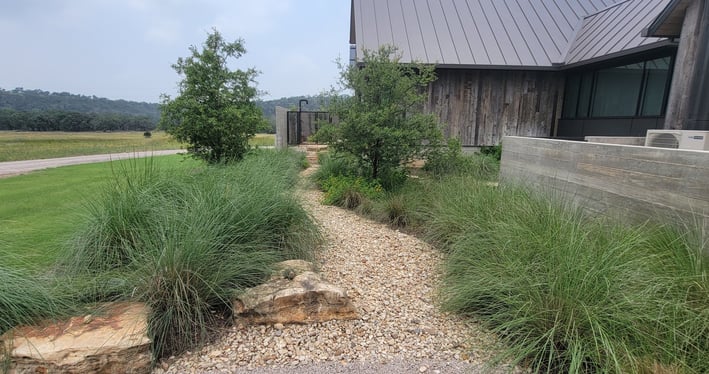

In the quest for a beautiful and sustainable garden, the choice between native and non-native plants is a crucial decision. This chapter delves into the reasons why native plants are often the superior choice, highlighting their numerous benefits for the environment, wildlife, and gardeners alike.
The Case for Native Plants
Environmental Harmony
Native plants are perfectly adapted to the local climate, soil, and ecosystem. This means they require less water, fertilizers, and pesticides compared to non-native species. By choosing native plants, gardeners can significantly reduce their environmental footprint and contribute to the conservation of natural resources.Supporting Local Wildlife
Native plants provide essential habitat and food sources for local wildlife, including birds, butterflies, and bees. These plants have co-evolved with local fauna, creating a symbiotic relationship that supports biodiversity. In contrast, non-native plants can disrupt these relationships and sometimes fail to provide the necessary resources for local species.Low Maintenance and Resilience
Because native plants are adapted to the local environment, they are generally more resilient to local pests and diseases. This translates to less maintenance and lower costs for gardeners. Non-native plants, on the other hand, may require more care and resources to thrive, making them less sustainable in the long run.Preserving Local Heritage
Planting native species helps preserve the natural heritage of a region. These plants are part of the local history and culture, and their presence in gardens and landscapes helps maintain the unique character of an area. Non-native plants, while sometimes attractive, can dilute this sense of place and history.
The Drawbacks of Invasive and Non-Native Plants
Ecological Disruption
Invasive plants can outcompete native species for resources, leading to a decline in biodiversity. They can alter soil chemistry, water availability, and even fire regimes, causing significant ecological disruption. This can have cascading effects on the entire ecosystem, including the wildlife that depends on native plants.Increased Maintenance and Costs
Non-native plants often require more water, fertilizers, and pesticides to thrive. This not only increases the gardener’s workload but also contributes to environmental pollution and resource depletion. Invasive species can be particularly problematic, as they may require extensive and costly efforts to control and eradicate.Threats to Local Wildlife
Non-native plants may not provide the necessary food and habitat for local wildlife. In some cases, they can even be toxic to native animals. This can lead to a decline in local wildlife populations and disrupt the delicate balance of the ecosystem.
Choosing native plants over invasive or non-native species is a decision that benefits the environment, supports local wildlife, and reduces maintenance efforts for gardeners. By embracing native plants, we can create beautiful, sustainable gardens that contribute to the health and resilience of our local ecosystems. As stewards of the land, it is our responsibility to make choices that promote harmony with nature and preserve the natural heritage of our regions.
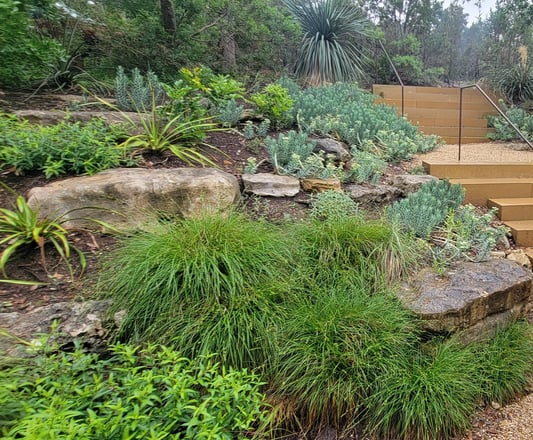

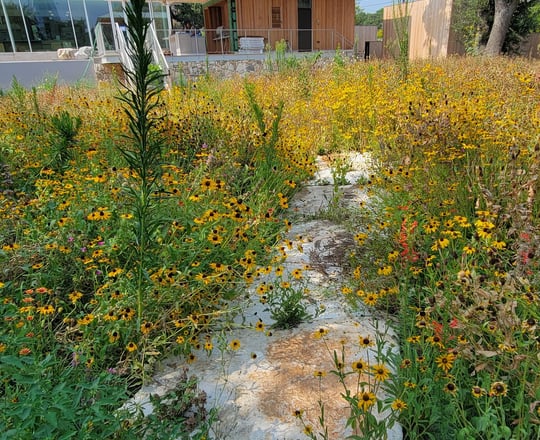

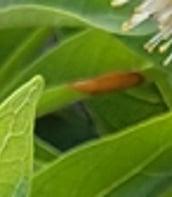

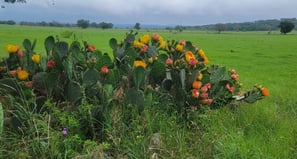

Our Mission
Dedicated team creating unique hardscape designs and bring your vision to life!
Contact
Services
© 2024. All rights reserved.


